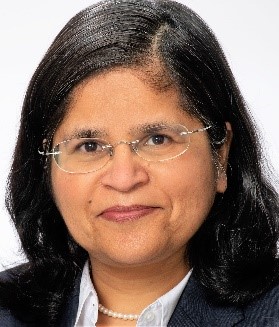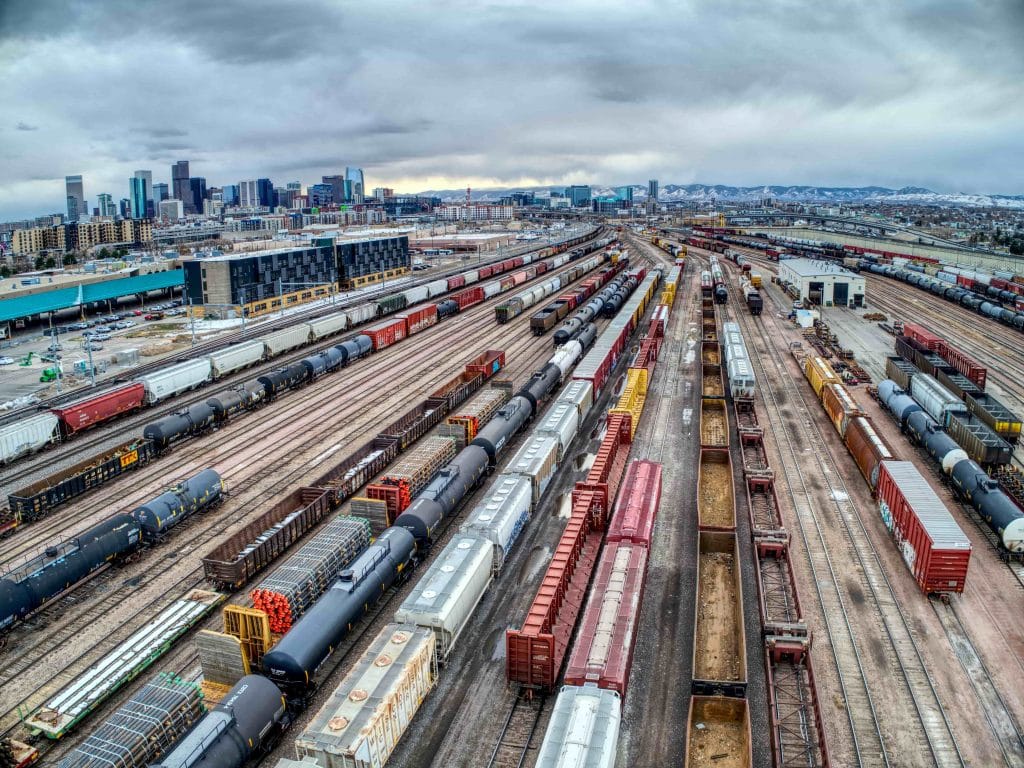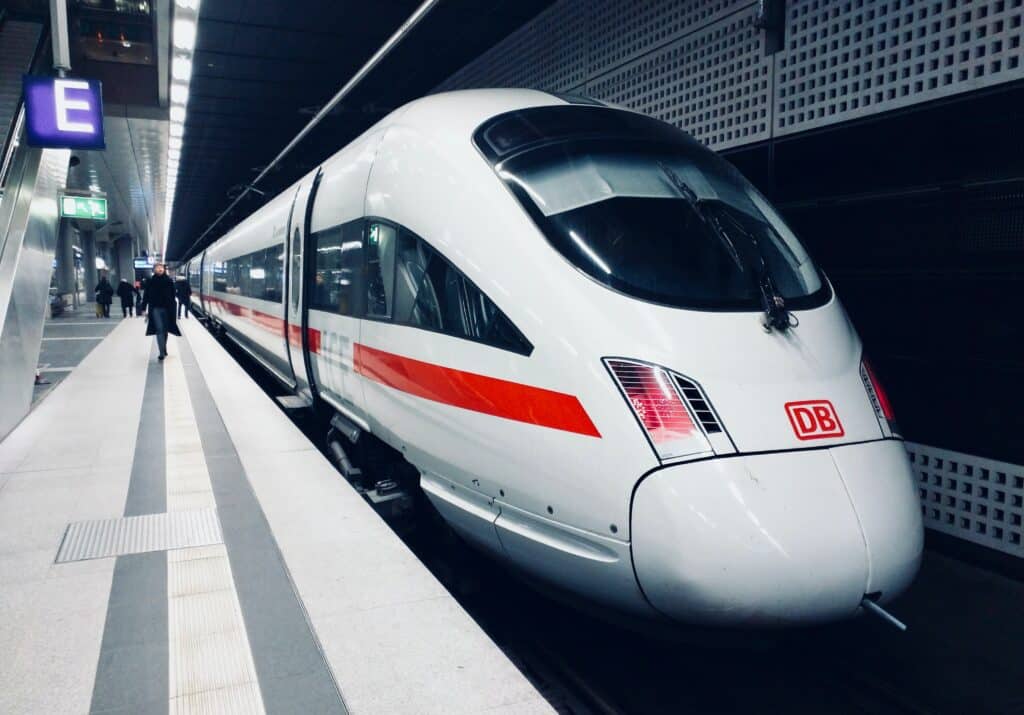The paper “The role of digital platforms in the modal shift of road to rail freight transport” will be presented at the 2nd Florence Rail Conference (9-10 December, 2021).
ABSTRACT:
Extended use of two sided, multimodal freight transport platforms is assumed to accelerate the growth of rail freight in EU. Such platforms enable stakeholders in a platform ecosystem to easily, transparently and effectively agree on required and delivered transport services, even in uncertain times. This hypothesis is studied on the basis of an elaborated theoretical framework and this paper summarizes some findings.
Analysis of existing platforms shows that the EU-single market policy combined with innovation in ICT have triggered an evolution of platforms in various network industries, which in turn influence the structure of their market. In road freight transport such platforms started with the goal of reducing costly empty returns and negative externalities e.g CO2 emissions. Using machine learning and artificial intelligence, platforms are digitalizing logistics, even sometimes organizing combined transport, notably with inland shipping. Multimodal platforms in this regard, using air, ocean and road modes operate more mature. They, among others, offer speed and transparency in the sales and established mechanisms to match supply and demand to deliver reliable transport services.
An embedded case study with real-world stakeholders confirms that a digital platform is able to organize cross border multimodal transport in Europe including rail freight. Success factors include clear goals of e.g. 100% climate neutrality, a clear geographical focus, and the offering of intermodal services bringing together multiple rail and road service providers. More significantly, by integrating the supply side ICT systems they appear to gain trust in offering competitive customer oriented services.
This paper discusses selected assessment of these and further stakeholders on the platform-related challenges and the need for favorable conditions, related to their opinion on the potential of platforms in accelerating modal shift in the next decade. A link to the seventh rail monitoring report will be made.
The analyses are part of the PhD study of the first author. Using industrial dynamics, platform economy and maturity growth theory, an integrated framework has been developed for assessing maturity levels of digital platforms that are capable of organizing multimodality. The highest maturity level is specified as a rail and road based platform that, is assumed to accelerate modal shift in EU.
Two earlier papers applied the framework to different network industries to understand the role of regulation/deregulation and technological innovation towards creating a competitive market for platforms. Data collected on platforms and their performances over previous years (e.g. liquidity, investment, geographical focus), literature review and market reports constituted the basis for taking a sample of existing platforms for analysis. Together with semi-structured interviews, snowballing and triangulation techniques, growth patterns in platform practices and industry dynamics were identified. The lessons focused on favorable conditions for market structures in rail and road transport, business model design and required practices of a rail and road based freight platform.
At present, a real life single case study with multiple levels of analysis is performed. It facilitates a deeper understanding of the functioning of an existing multimodal digital platform. The involved stakeholders aim to organize cross border transport services within Europe with an existing platform that organizes multimodal transport including rail and road freight. The freight forwarder (demand side), the platform, carriers and service providers for multimodal transport (supply side) actively participate in the case study.
Outside the platform ecosystem, feedbacks are taken from policy-, regulation- and modal shift experts for a holistic view. In its final step, the results of the analyses will be evaluated in terms of possible stepwise transition paths for the market in short term (2025) and a high level outlook towards 2030.









